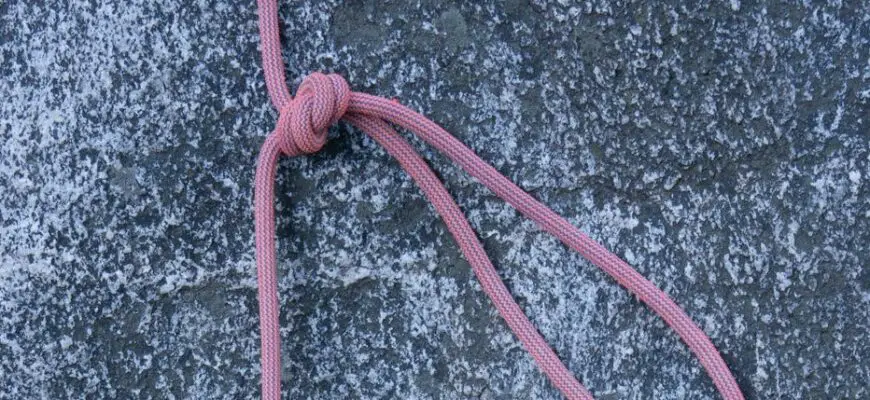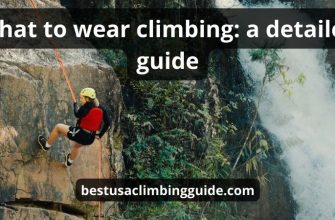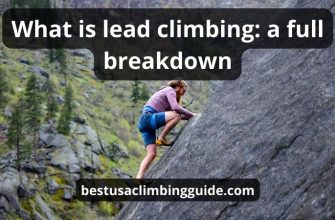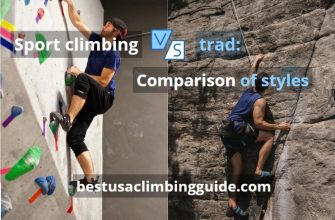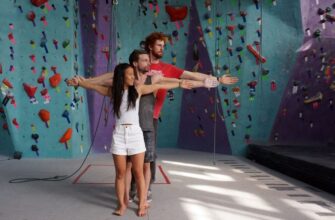You’ve likely heard about the popular Flat overhand bend, Offset overhand bend, European death knot, or EDK. This special type of rope knot is used by climbers and BASE jumpers around the world for a variety of tasks like joining two ropes together.
Though EDKs are quite secure and reliable when done correctly, there have been cases of rappel knot failure due to incorrect application or underlying medical conditions.
In this article, we’ll discuss the dangers associated with European Death Knot and what you should consider when using this particular knot. We’ll look at one particular case where an EDK failure in Zion National Park led to a tragic injury — and even death — in 2001.
We’ll also explore how to ensure your EDK is properly tied and how poor technique can lead to the failure of the knot. By understanding how and why EDKs can fail, you can make sure your exercises remain safe and enjoyable.
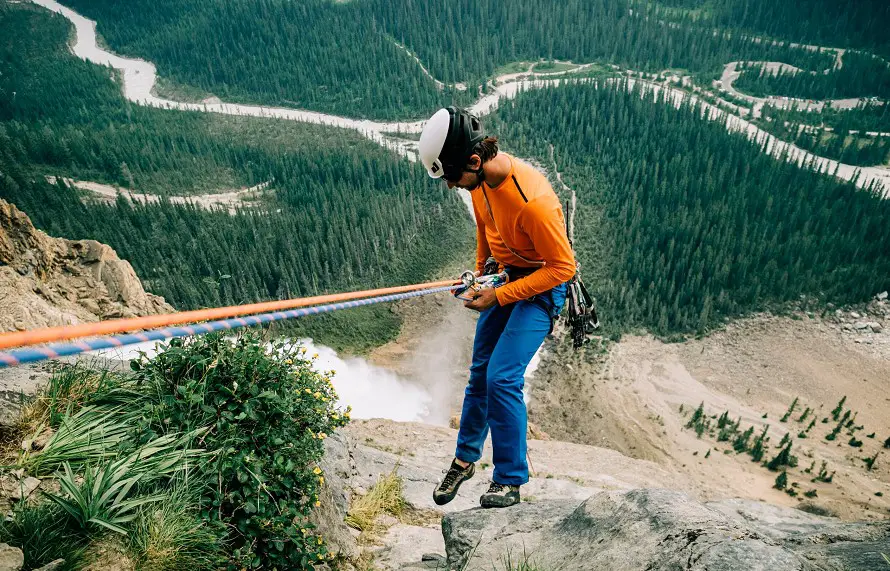
- What is the European Death Knot?
- Causes of EDK failure
- The 2001 Zion Accident
- How did it happen?
- Safety measures
- Tim Moyer and his testing
- EDKs and drug use
- What do you need to know about knot failure?
- Types of knots and their failure
- Factors in knot failure
- Comprehending overhand knots
- What to do when your rope gets stuck?
- Alternatives to EDK
- FAQs
- Why is it called a European death knot?
- What is the strongest climbing knot?
- What is the best knot for rappelling?
- Conclusion
What is the European Death Knot?
EDK, also known as the Offset overhand bend, Flat overhand bend is a knot used to join two ropes together. It is a flat figure-eight knot that is formed by tying a simple overhand bond in one rope, then threading the other rope through it.
The knot is then finished by tying a simple overhand knot tied to bend at the end of the second rope.
The EDK is a popular choice for climbers and mountaineers because it is relatively simple to tie and untie, and it is very secure.
However, it is important to note that the knot can become stuck if it is loaded in the opposite direction from how it was tied, so it is recommended to tie a backup knot, such as the flemish bend or a second overhand knot, to prevent this from happening.
Some climbers also tie a thumb knot at the end of the rope to help prevent the initial knot from slipping out. But, unfortunately, the EDK does have one major flaw — it can fail if not tied correctly or if only held by one end.
In particular, when both ends are pulled on simultaneously during activities like climbing or sailing, there is a chance that the knot will rotate at the end of one tail and eventually fall off of it.
This occurrence has led to tragic injuries in both sports — most notably in Zion National Park in 2001 when an EDK failure caused three injuries, one of which resulted in death.
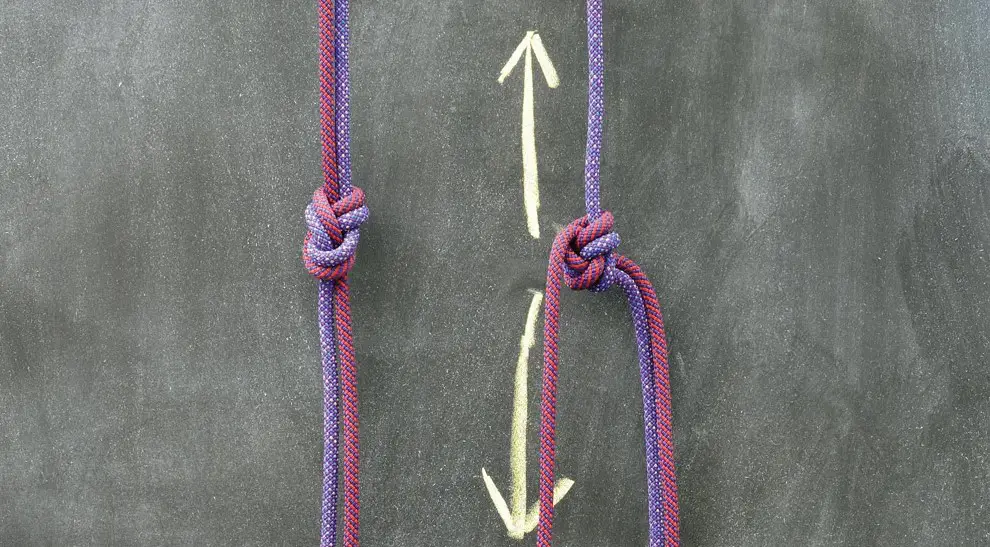
Causes of EDK failure
The EDK is a unique technique used in climbing circles and adventure sports, which has been associated with several serious accidents and even one death. The method behind EDK failures is known as “capsize and roll”.
In some cases, improper techniques such as tying too tight or not locking stuck rope off can also lead to failure. A 2001 accident in Zion National Park showed that even when correctly tied, EDKs can still fail, resulting in three people being injured and one person dying. A drug was linked to the accident, but it is not clear if this was a factor in the tragedy.
The 2001 Zion Accident
The 2001 Zion Accident was one of the most significant events in the history of the EDK. This incident led to three injuries and one fatality as a result of an EDK failure, which is thought to have been caused by a drug.
How did it happen?
The accident occurred when two climbers attempted to rappel down a wall using an EDK system. When they attempted to detach from the anchor, their ropes got wrapped up in a knot which caused them to spin around, thus resulting in their fall.
This phenomenon is known as “capping and rolling” in climbing circles and is seen as one of the major flaws with EDKs regarding safety.
Safety measures
In response to this accident, many safety protocols were implemented for rappelling with EDKs. These measures include making sure that all knots are properly tied; all rappel ropes’ ends are properly secured; and that anchor points are firmly attached before rappelling begins.
Additionally, it is also important for climbers to be aware of their surroundings and be prepared for any potential accidents that may occur when rappelling with an EDK system.
It must be stressed that the EDK, like any other knot, must be well-dressed and pre-tensioned. This significantly reduces the knot’s failure rate. If the knot is tied accurately, the rope is more likely to break before the knot catastrophically fails.
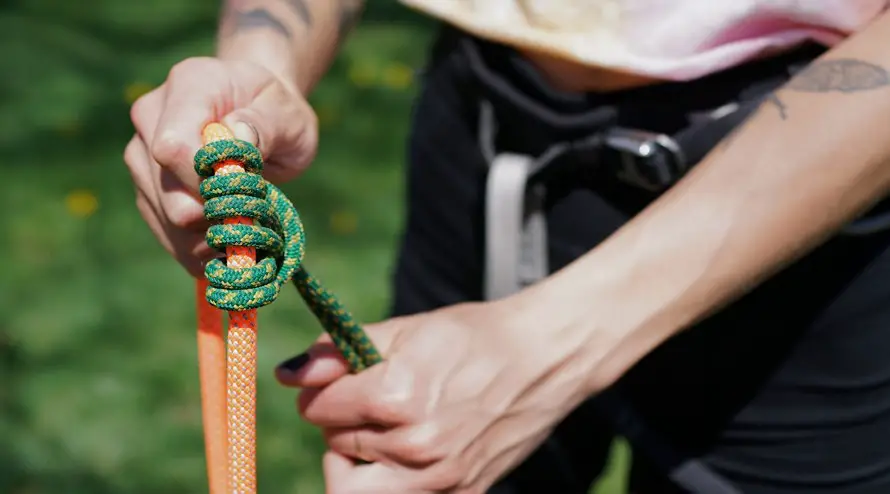
Tim Moyer and his testing
Tim Moyer is a climber who has tested the EDK and written about it. According to his research, the EDK is a reliable and safe knot when tied properly.
However, he does caution that the knot can become unreliable if it is loaded in the opposite direction from how it was tied and that it is not the best choice for tying slings for use as anchors.
Moyer’s research has been cited by several climbing websites and publications.
Moyer believes the incidents were caused by user error rather than physical failure.
EDKs and drug use
European death knots (EDKs) and drug use are linked, as EDKs can rotate at the end of their tail and fall off, potentially causing injuries or death.
Drug use can cause a person to tie the knot incorrectly, impair judgment or coordination, or fail to recognize when a knot has become weakened. It is important to avoid any kind of drug usage while using EDKs, especially for inexperienced users who are learning how to tie them correctly.
EDKs may be strong enough for certain uses when tied correctly, but it is important to take precautionary measures such as avoiding drugs to prevent any unfortunate accidents from occurring.
What do you need to know about knot failure?
European death knots (EDKs) have the potential for failure due to the “capsize and roll” method.
There are two main ways to reduce the chances of failure: check wrappings regularly and look for potential damages or deformities, and ensure binders are appropriate for load weight. These steps should go a long way toward preventing dangerous situations resulting from EDK failures.

Types of knots and their failure
Have you ever heard of an EDK (Flat overhand or Offset overhand bend) failing in a climbing situation? If so, you’d be aware that the most likely cause is due to rotation and slipping off the back up overhand knot side.
This type of failure is known as “capsize and roll” and it’s thought that the EDK rotates at the end of the tail before it falls off.
Another excellent option is the flemish bend, also known as the figure eight bend. This is NOT the flat figure eight, but rather the figure eight follow-through. When using this knot for rappelling, it must have a significant amount of tail on either end, at least 15-18 cm (6-7 in).
Factors in knot failure
The most important details in this text are the factors that can contribute to a rope knot collapse, such as drug use, improper tying techniques, and not completing a full tie-in.
Understanding how each type of knot can fail is important when considering safety and security when mountaineering. EDKs are popular because they don’t slip or deform easily under load, but there are still risks associated with any type of knot if not used properly.
Comprehending overhand knots
It’s essential to understand how overhand knots can potentially fail. The European death knot is a type of overhand knot tied without bend — it’s mainly used in sport climbing and caving, where the rope gets tied around the waist or a harness.
You might be wondering how an overhand bond like this can fail. Well, it’s all about the “capsize and roll,” which is the method for failure in both bents. Here’s what happens:
- The knot could rotate at the end of the tail
- It falls off the tail
- The resulting loop expands
- This influences and affects the knots stability
- And a potential failure can happen from here
Understanding how an overhand bond can potentially fail is important for safety when rappelling or climbing with EDKs.
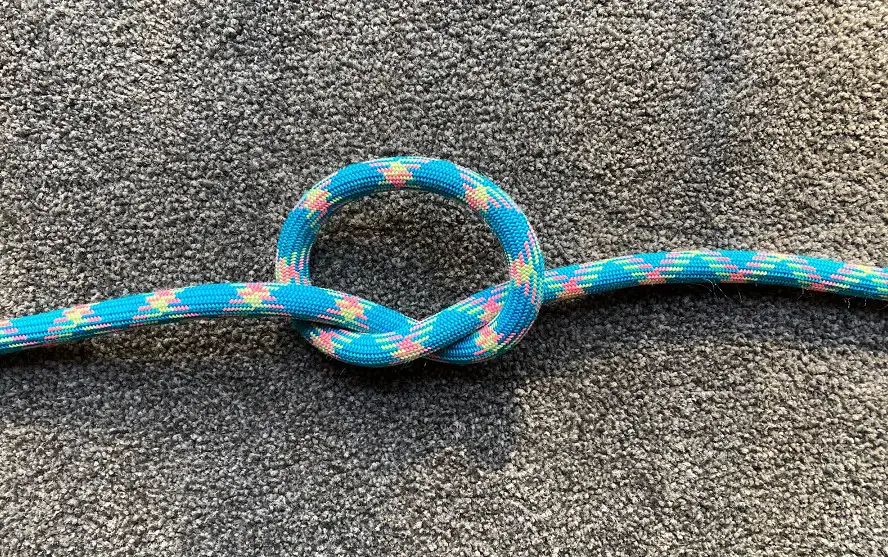
What to do when your rope gets stuck?
So, what do you do when your rope gets stuck?
First, assess the situation and look at the knot. If it’s EDK take special care and don’t force it or try to move it.
If you have an EDK, one good idea is to fasten the water knot with two quickdraws on both sides of it, so you can reduce the force applied against the knot. This will help prevent the knot from slipping out of its tail during rotation.
If your rope is not an EDK and gets stuck while rock climbing, here are some steps you should take:
- Never apply too much force — that could strip fibers from the rope, making it weaker and possibly causing failure in future use.
- Try a different technique such as prusiking or z-pulley to move it without putting too much pressure on the stuck part of the rope.
- If that doesn’t work, you may need to get creative by using webbing loops and carabiners to provide extra friction between your gear and the wall so that you can move your gear without damage.
Alternatives to EDK
There are several alternatives to the Euro death knot, including the double fisherman’s knot, the figure-eight follow-through knot, and the bowline knot.
The double fisherman’s knot is a simple and reliable way to join two ropes together, while the figure-eight follow-through knot (this is not the flat figure eight) is a common choice for climbers due to its ease of use and security.
The bowline knot is another popular option, particularly for rescue situations, as it forms a strong and secure loop that can be attached to an anchor point.
The second overhand bend is a knot used to join two ropes together. It is similar to the Euro death knot, but instead of tying a flat figure-eight knot, it involves tying two overhand knots at each end of the ropes.
The knot is finished by threading one end of the rope through the other overhand bond, then pulling it tight.
This is a simple and reliable knot that is used in a variety of applications, including rock climbing, rescue operations, and sailing.
Ultimately, the best knot to use will depend on your specific needs and preferences, so it’s important to practice tying and using different knots to find the one that works best for you.

FAQs
Why is it called a European death knot?
The Euro death knot (EDK) is not dangerous and was given its name by American climbers due to its sketchy appearance. It is officially known as an overhand bend or an overhand flat knot.
What is the strongest climbing knot?
Double Fisherman’s Bend is the most secure way to join two climbing ropes together.
What is the best knot for rappelling?
Commonly known as European Deathknot or EDC short, Flat Overhand is an easy and powerful way to link two rappel ropes. The biggest advantage is that the knot flattens when it is loaded, so it won’t stick to the wall when pulling the stuck rappel rope down.
Conclusion
The EDK is an enigmatic knot that has been around for centuries, with reports of its failures causing injuries and even death. While there is no definitive answer to why it fails compared to other knots, it remains important to be aware of the risks associated with tying any type of knot incorrectly.
Safety, stability, and trustworthiness must be at the forefront of any knot-tying procedure.
Although EDKs, Flemish bends, and second overhands are not impossible to tie correctly, if you are unsure of the final result, it is wise to double-check it or use a secure alternative. If done incorrectly, the consequences can be devastating, so it’s best to handle the knot with extreme caution.
Read More: Flat Overhand Bend

